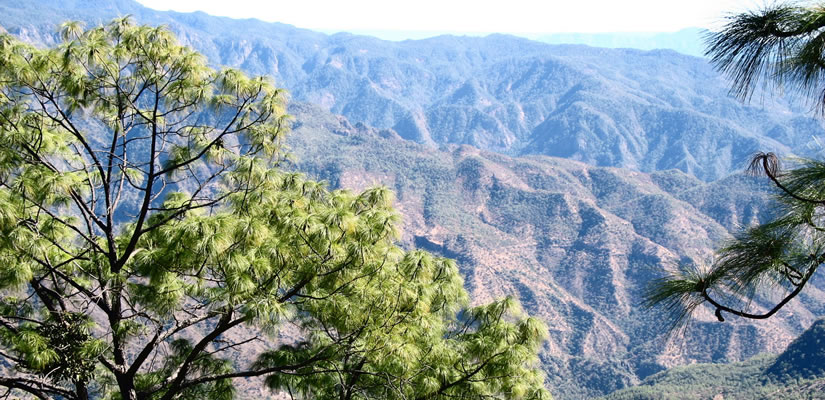Climate Change

The Montreal Process criteria and indicators provide a tool to integrate and understand the effects of climate change on a country’s forests as well as the role of forests in mitigating and adapting to climate change.
The Montreal Process was one of the first international initiatives to identify the need for indicators related to the global carbon cycle (Criterion 5). This has helped member countries develop approaches to carbon accounting, enhancing carbon sinks and increasing consciousness of the importance of sustainable forest management for climate mitigation.
The Korea Forest Research Institute developed a “Carbon Tree Calculator” program to enhance the public awareness of the role of forests as carbon sinks. The program calculates emissions from daily life and the number of trees needed to offset the emissions. It is being widely used for the purposes of education in Korea. Through the enhancement of public awareness, the government of Korea hopes to stimulate interest in the role of sustainable forest management policies and programs in mitigating and adapting to climate change.
China is implementing the first Afforestation and Reforestation / Clean Development Mechanism project, while Argentina, Uruguay and Chile, with the cooperation of Japan, are enhancing national capacities on the Afforestation and Reforestation / Clean Development Mechanism.
In Japan, the Montreal Process criteria and indicators have helped the people recognize the contribution of healthy and vital forests to the mitigation of climate change through carbon sequestration and storage. This has led to the introduction of policy measures under which the national and local governments, forest owners, forest-related industries and non-profit organizations work together for the improvement and conservation of forests.
The Guangxi Project in China is an example of a multi-purpose forest project. Forests have been planted for carbon sequestration and research purposes, as well as a range of other benefits indentified in Montreal Process criteria and indicators including biodiversity conservation, employment creation and environmental improvement.
New Zealand research on the use of life cycle analysis to calculate the carbon footprint for forest products and to identify possible supply chain emissions reductions also offers the potential for corrective actions and future monitoring and reporting. Initial results for one company’s operations show potential for a 16-25% carbon emission reduction.
All member countries are developing methods to report on forest carbon budgets. Relationships developed through the Montreal Process made it easier Canada to share its knowledge and experience developing carbon budget models with Russia and Mexico
